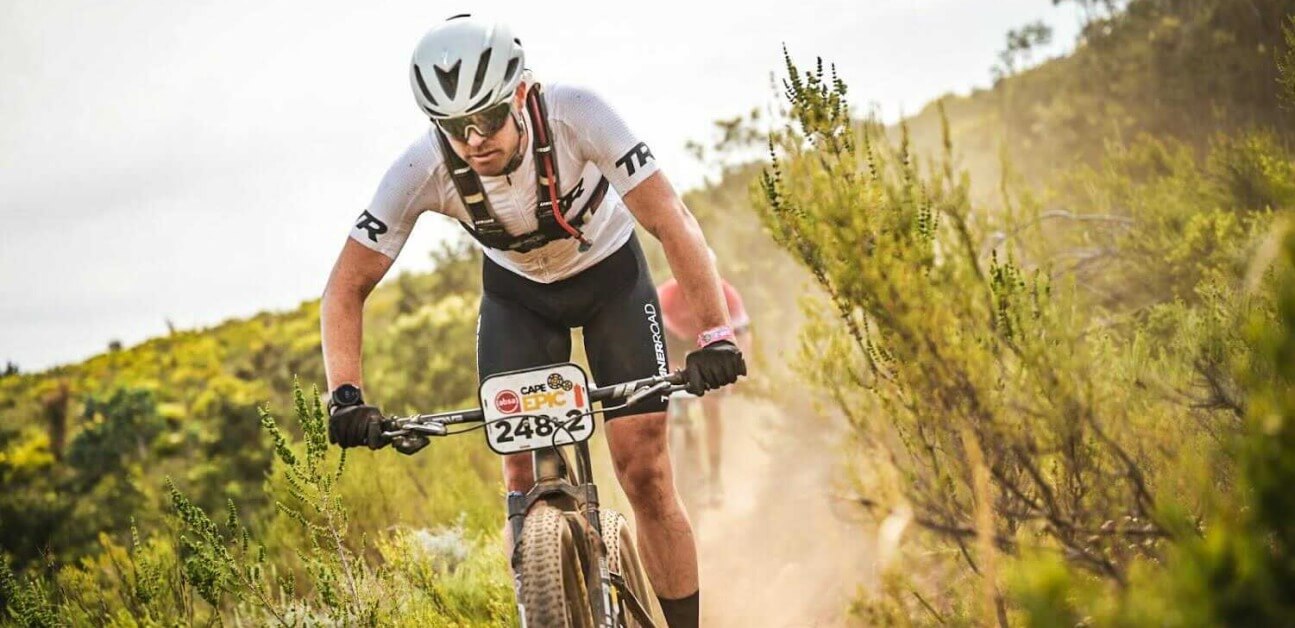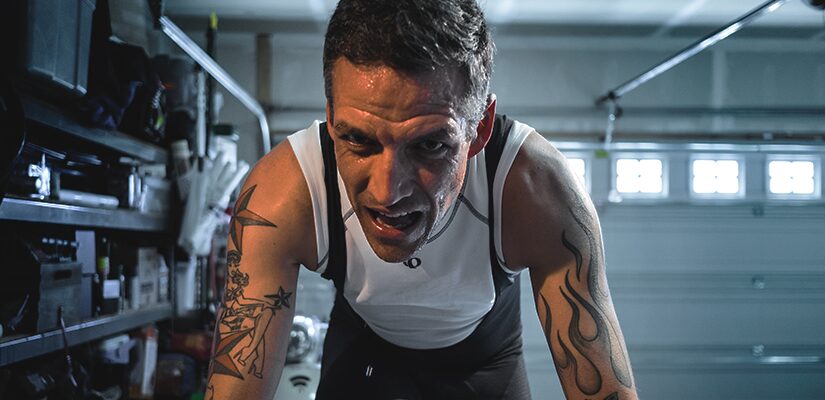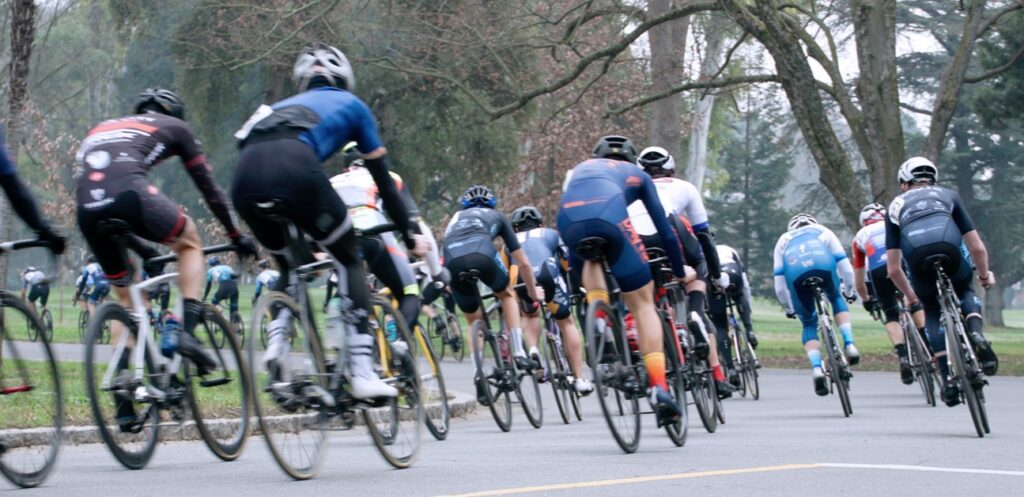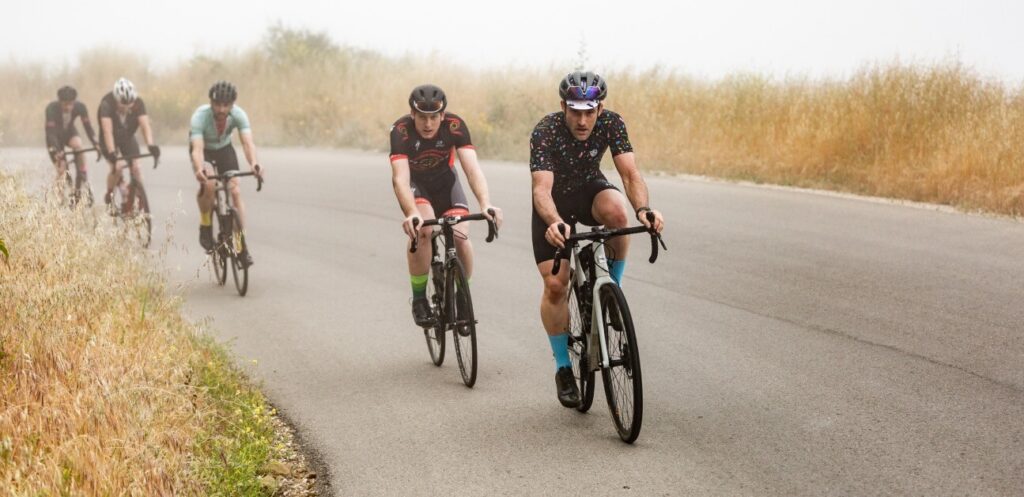10 Essential Training Lessons From TrainerRoad Athletes

It’s often said that experience is the best teacher, and this is particularly true for training. With over 20 million structured workouts completed during the last ten years, TrainerRoad athletes have gained an incredible amount of experience, so we asked what useful tips they’d learned along the way.
10. Consistency Is Key
By far, the most common bit of advice from experienced athletes is to prioritize consistency, targeting long-term improvement instead of short-term gains.
So what is consistency? Most importantly, it isn’t perfection. Real life is complicated, and sometimes you’re too busy or too unmotivated to train, or maybe an unstructured ride with friends sounds more appealing than your structured workout, and that’s ok, too. Consistency simply means doing the best you can, as often as you can. Make this your goal and you’ll see big results.
9. Prioritize Rest and Recovery
It’s almost counterintuitive, but you actually get faster when you’re not riding, through the process of recovery. And while cyclists love to celebrate the hard work they do on the bike, rest is equally important.
There are several dimensions to this. Most obviously, it means taking steps to get quality, restful sleep each night, as sleep deprivation can directly impact your training. But it also extends to the design of your training itself, with rest days and easy workouts serving important roles in making you faster.
8. Fuel The Work
There aren’t many things you can do to improve your training with as profound or immediate an impact as good fueling. Yet for some reason, many cyclists still don’t eat enough to power their workouts or facilitate recovery and set themselves back in the process.
Good fueling includes carbs that power your workouts, protein your body needs to recover and make adaptations, and hydration to replace the fluids and electrolytes you lose in your sweat. But it also means embracing food’s potential to uplift and bring enjoyment, and never allowing guilt to affect your choice of what to eat. Nourish yourself!
7. Start Slow, and Learn What Works for You
Every athlete is different, and just because a particular approach to training works for someone else doesn’t mean it will work for you. That’s why it’s smart to start slowly and employ the principle of minimum effective dose, gauging your body’s reaction before fine-tuning and adjusting from there.
A natural way to apply this to cycling is by starting with low volume training, especially when you’re new to structure. Gauge how your body responds, and only add additional volume and intensity once you’re sure you can handle it. Your training will be more sustainable and more effective over the long term.
6. Stick To The Plan!
There’s a reason why structured training is better at making you faster than unstructured, self-directed riding—it’s science-based, designed around your goals, and optimized to your unique needs. But gains don’t happen overnight, leading us to our next important training lesson: for best results, stick to the plan!
As we’ve already covered, you don’t need to train perfectly to get faster. You do need to trust the process, even when progress isn’t linear. When this happens, stay committed to your goals, be patient, and trust that improvements will come. Adaptive Training is a huge help with this, keeping your workouts matched to you and your goals no matter what.
Adaptive Training
Get the right workout, every time with training that adapts to you.
Check Out TrainerRoad5. Keep Learning and Practicing
One of the great things about cycling is that no matter your experience level, there’s always something new to discover— from equipment and sports science to the most personal aspects of your own response to training. The more you learn, the more you improve!
Experiment with equipment, training strategies, and gear choice. Brush up on tactics with our Race Analysis videos. Practice discipline-specific techniques, like essential MTB skills. And throw some efficiency drills into your next indoor workout. As one athlete succinctly told us, “Use every workout as an opportunity to explore!”
4. FTP is Useful, but It’s Just a Number
Functional Threshold Power is the most common way to quantify cycling ability. And since cyclists love data and care deeply about performance, it’s not surprising that we tend to attach a lot of personal pride to this number. But as many TrainerRoad athletes wisely reminded us, FTP is only there to help you train more accurately.
So embrace FTP’s role in ensuring your workouts are appropriate for your ability. This is easier than ever, with AI FTP Detection allowing you to accurately set your FTP with no testing at all for the first time. But only use this number for what it is—a training benchmark—and not as a measure of self-worth or potential.
3. Good Equipment Can Make a Difference, but It Isn’t Required
We all want nice gear, but you don’t need a high-end bike or smart trainer to be a fast cyclist. That said, some equipment really does make a big difference, and you can seriously improve your training with a few smart purchases.
Topping the list, a power meter may be the single most useful upgrade you can buy for your bike. We also recommend a good bike fit, potentially saving yourself from injury later on. Indoors, a powerful fan is a necessity, and a nice set of waterproof noise-canceling headphones is a serious asset. And no matter where you’re training, quality bike shorts or bibs are a huge improvement over cheap ones.
Last but not least, a TrainerRoad subscription may be the best buy of all. Spend your money wisely and get faster!
2. Do Some Core and Strength Training
Cyclists benefit from strength training, and feedback from successful TrainerRoad athletes proves it. Still, many endurance athletes avoid strength training at all costs, whether for a needless fear of weight gain, confusion about how to incorporate it, or wrongly thinking it’s not worthwhile. Let’s dispel the myths once and for all—if you want to get faster, you should get stronger.
Luckily, it only takes a few quick exercises a week to pay dividends, and bodyweight-based movements that don’t require special equipment are a great place to start. These exercises can make you more efficient, more powerful, and potentially more resistant to injury. Best of all, they can contribute to making you a healthier human being, and that’s a goal we should all embrace.
1. Make It Fun
We’ll leave you with the simplest and most important advice of all: make your training fun! Most of us aren’t getting paid to train, and in the end, we ride bikes because we enjoy it. Embrace this fact and let it guide all aspects of your training, and you’ll be more motivated, more fulfilled, and more successful.
So, find the discipline or riding style you love and do it. Choose events that inspire and excite you and enter them. Ride in beautiful places with people you enjoy spending time with, and if you’re not having fun anymore, take some time off and recharge. With fun as your guide, even challenging workouts are worth the effort, as positivity drives you to new heights of fitness and beyond.


